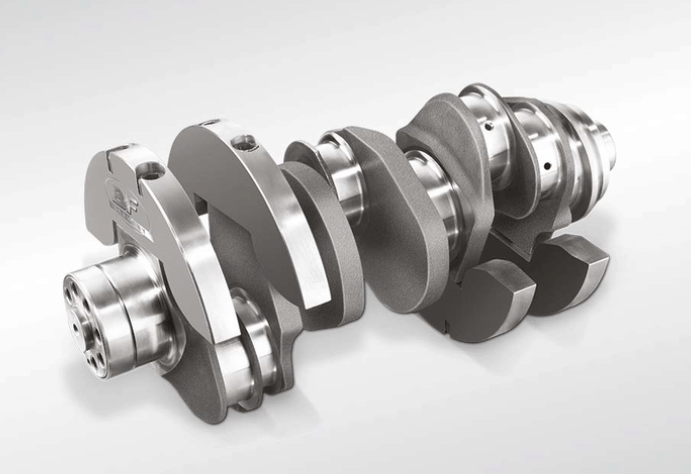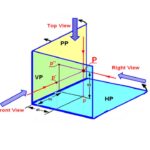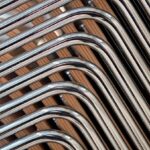A modified iron-carbon diagram is shown in Fig. 13.2. The point A (1539° C) on the diagram is the melting point of pure iron. The point E shows the solubility limit of carbon in gamma iron at 1130° C (1.7%). The iron carbon alloys containing upto 1.7% carbon are called steels and those containing over 1.7% carbon are called cast irons. The iron carbon alloys containing 4.3% carbon are called eutectic cast irons, above 4.3% carbon are termed as hyper-eutectic cast iron and those in the range of 1.7 to 4.3% carbon are called hypo-eutectic cast irons.

We have already discussed that the temperature point at which the change starts on heating is called lower critical point and the temperature point where this change ends in heating is called upper critical point. The range between these two critical points is known as critical range. The temperature at which the change starts (i.e. lower critical point) is same for all steels (i.e. 723° C), but the ending point of transformation (i.e. upper critical point) varies according to the carbon content in steel. It will be seen that for a steel containing 0.8% carbon (wholly pearlite), there is only one critical point.
Notes:
1. The steels which contain less than 0.8% carbon are known as hypo-eutectoid steels which consists of ferrite and pearlite.
2. The steels which contain 0.8% carbon are known as eutectoid steels which consists entirely pearlite.
3. The steels which contain above 0.8% carbon are known as hyper-eutectoid steels which consists of cementite and pearlite.
4. Cementite consists of 93.33% iron and 6.67% carbon.
5. Pearlite consists of 87% ferrite and 13% cementite.


